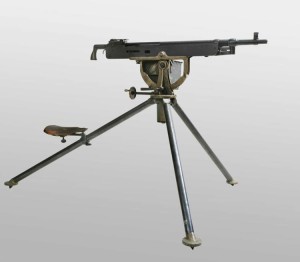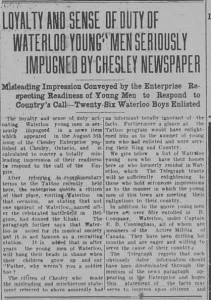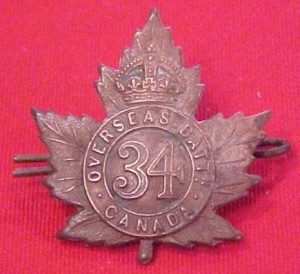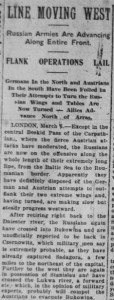It was reported in July 1915 that Germany had 100 000 machine guns in the trenches on both fronts. It was also reported that Germany was producing machine guns at incredible rates, although there were differing estimates as to the actual number. Within one article, the rate of production switched from 500 guns per day to 500 per week. British Prime Minister David Lloyd George called for contributions of more machine guns and shells to even the field and to save the lives of Canadian men.
In August, it was reported that private donors across Canada had already raised enough to supply 1500 of these “portable death machines.” The town of Waterloo, and especially the Waterloo Board of Trade, responded by committing to their own machine gun donations. Waterloo had been criticized for low enlistment rates. Because it was believed that one machine gun was worth 80 soldiers, the board thought that contributing machine guns could redeem Waterloo. Waterloo Town Council agreed to contribute two guns which would be paid through temporary taxes over the next few years. The Board of Trade was expected to pay for three additional guns through private donations.
(“Machine Gun Warfare,” Berlin Daily Telegraph, 6 July 1915.; “Too Many Machine Guns Cannot Be Donated to the Canadians,” Waterloo Chronicle, 19 August 1915.; “What Canada Must Do,” Berlin Daily Telegraph, 28 July 1915.; “1,500 Machine Guns Provided Privately,” Waterloo Chronicle, 12 August, 1915.; “Waterloo Town Council Decides to Contribute Two Machine Guns,” Waterloo Chronicle, 19 August 1915.
Visual: Photo courtesy of the Canadian War Museum, http://www.warmuseum.ca/firstworldwar/wp-content/mcme-uploads/2014/07/19930003-125.jpg)



